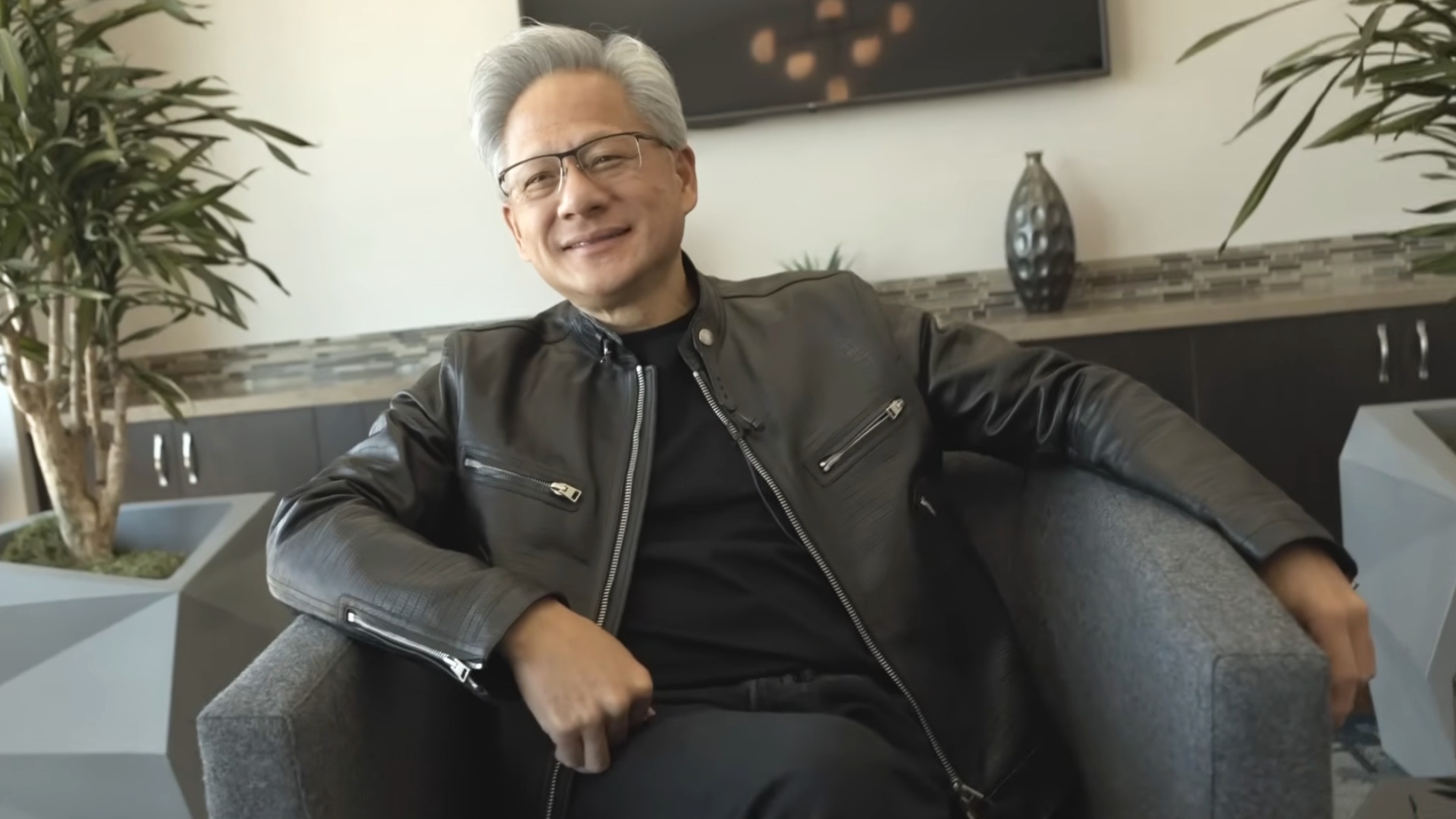Nvidia CEO Jensen Huang claims GPU computation is “probably a million” times higher than 10 years ago

Table of Contents
Nvidia has been one of the fastest-growing companies in the graphics card market, and while the launch of the RTX 50 series faced some hurdles, the focus on AI development has undoubtedly taken the green team to the next level. For instance, while the raw performance of the RTX 5070 and RTX 5080 GPUs leaves more to be desired, the new AI advancements they come with, like DLSS 4 with Multi-Frame Generation, are major selling points in Nvidia’s eyes.
To give us an insight into how far the company has come, popular YouTuber Computerphile sat down with Jensen Huang, where the CEO shared some interesting details about the pace at which computational power is advancing and how AI has been the key driving force, allowing companies to do more than what traditional approaches ever could.
Moore’s Law can’t keep up with AI
During the interview, Huang explained the exponential growth using Moore’s Law, which conventionally predicts a 100x increase in computational power over the past 10 years. Huang has previously claimed that “Moore’s Law is dead,” and this certainly looks to be the case, at least with some help from AI.
Huang says the reality is more like “probably a million x” increase in “the last 10 years”. While several factors contribute to this, the biggest reason appears to be the new AI-driven processing techniques.
“In computer graphics, we render one pixel and infer the other 15. It’s kind of incredible, you know? We’re only computing one now, and we’re guessing about the others, yet they’re temporally stable, and the colors predicted are exactly what we thought we’d see. As a result, we can render much higher resolutions, with much greater complexity, and the image is actually better.”
Jensen Huang, Nvidia CEO
Nowadays, whether it’s gaming, deep learning, or physics simulations, AI-powered rendering is starting to become the standard. This is evident from how tensor cores, once a niche technology designed for AI workloads, are now a key component of modern GPUs. Huang also added that another part of what has made AI evolve so quickly is that, while many “people think of neural networks as these rigid structures,” it’s software, so it’s completely free to be reinvented.
On the other hand, while companies like Nvidia focus on bringing AI advancements to their products, even at the cost of significant raw performance uplift, key players like AMD seem to stick (more so) to the same old strategy, offering powerful hardware. It appears this strategy is working for the red team, as while the concept of AI fascinates large corporations, many consumers are more concerned about raster performance.
